Contents
- 1 Our Top Picks
- 2 In this article:
- 3 Best Overall: Beauty of Joseon Relief Sun : Rice + Probiotics SPF 50+ PA++++
- 4 Best Hydrating: Naturium Dew-Glow Moisturizer SPF 50 PA++++
- 5 Best Mattifying: Neogen Day-Light Protection Airy Sunscreen
- 6 Best Chemical: Round Lab Birch Juice Moisturizing Sunscreen
- 7 Best Hybrid: Thank You Farmer Sun Project Water Sun Cream
- 8 Best Antioxidant: CosRX Vitamin E Vitalizing Sunscreen SPF 50+
- 9 Best Cream: Innisfree Daily UV Defense Broad Spectrum SPF 36
- 10 Best Stick: AHC Natural Perfection Double Shield Sun Stick
- 11 Best Serum: Skin1004 Hyalu-CICA Water-fit Sun Serum
- 12 Best Fragrance-Free: [Isntree] Hyaluronic Acid Watery Sun Gel
- 13 Best Primer: Dr. Jart+ Cicapair Tiger Grass Color Correcting Treatment SPF 30
- 14 What’s unique about Korean sunscreen?
- 15 What to look for in a Korean sunscreen
- 16 Meet the Experts
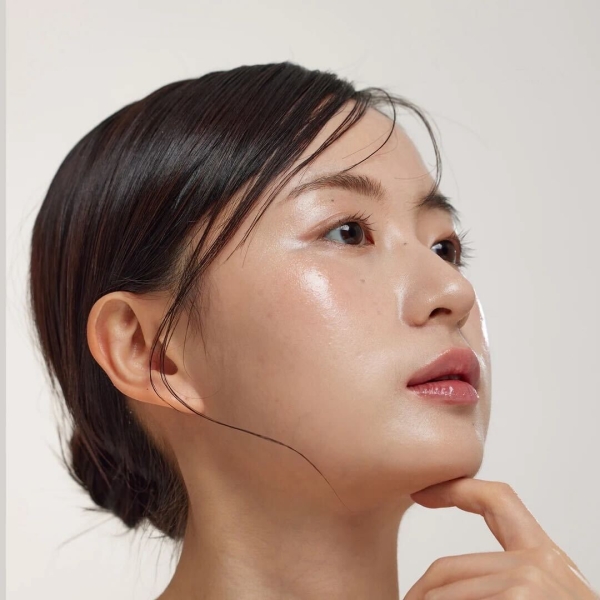
We may earn a commission if you buy something from any affiliate links on our site.
Among the flood of Korean skin care products to emerge on the market stateside, few have resonated quite like SPF. The best Korean sunscreens surpass their American peers on a number of levels: Not only do they tend to be more cosmetically elegant—meaning they tend to be more enjoyable to apply and use—but they also quantify their protection against UVA rays. That’s largely in part due to their next-generation sunscreen filters, of which there are many more than found in the US.
Our Top Picks
- Best Overall: Beauty of Joseon Relief Sun : Rice + Probiotics SPF 50+ PA++++, $18
- Best Hydrating: Naturium Dew-Glow Moisturizer SPF 50 PA++++, $22
- Best Mattifying: Neogen Day-Light Protection Airy Sunscreen, $32
- Best Chemical: ROUND LAB Birch Juice Moisturizing Sunscreen, $28
- Best Hybrid: Thank You Farmer Sun Project Water Sun Cream, $19
- Best Antioxidant: CosRX Vitamin E Vitalizing Sunscreen SPF 50+, $23
- Best Cream: Innisfree Daily UV Defense Broad Spectrum SPF 36, $18
These offer clear advantages. UVA rays are responsible for signs of aging, such as fine lines and dark spots. Our SPF grading system, meanwhile, only accounts for UVB rays, which contribute to sunburns and skin cancer. And while the term "broad-spectrum" does account for both UVA and UVB rays, it doesn't indicate the level of protection from the former.
Moreover, Korean beauty products are also known for their cutting-edge ingredients, and sunscreens are no exception. With cultural mainstays like rice extract and buzzy compounds like several types of hyaluronic acid, these formulations offer more than straightforward sun protection. With that, consider these options for every skin type and preference.
In this article:
Best Overall: Beauty of Joseon Relief Sun : Rice + Probiotics SPF 50+ PA++++
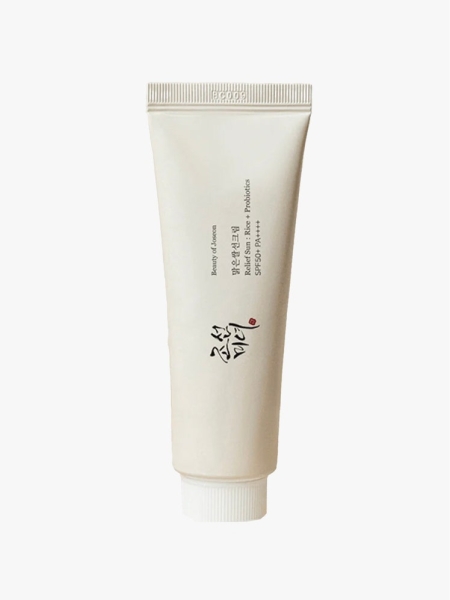
Beauty of Joseon
Relief Sun
$18 $13
YESSTYLE
$18 $14
STYLEVANA
Why We Love It: This chemical sunscreen is a favorite among both Korean and American consumers alike, in part because it feels like nothing on skin. On top of that, “it does not leave a white cast and feels moisturizing to the skin, making it great for daily use,” says Claire Chang, MD, a board-certified dermatologist at Union Square Laser Dermatology in New York City, who attests to its popularity—and likes that it’s formulated with soothing ingredients like rice extract, probiotics, and niacinamide.
- SPF Level: 50
- Texture: Lightweight cream
- Chemical or Physical: Chemical (Ethylhexyl triazone, diethylamino hydroxybenzoyl hexyl benzoate, diethylhexyl butamido triazone, methylene bis-benzotriazolyl tetramethylbutylphenol)
Best Hydrating: Naturium Dew-Glow Moisturizer SPF 50 PA++++
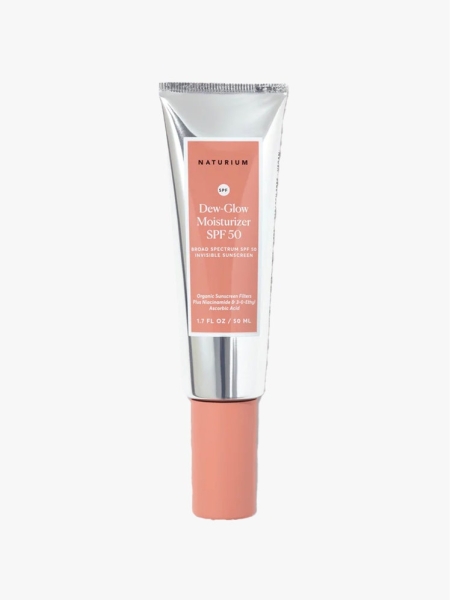
Naturium
Dew-Glow Moisturizer SPF 50 PA++++
$22
AMAZON
$22
SOKO GLAM
Why We Love It: This formula offers far more than sun protection. For one, it contains both niacinamide and vitamin C for antioxidant protection; these also work in two different (yet complementary) ways to even out skin tone and fade dark spots. And with moisturizing ingredients like squalane and argan oil, Naturium’s sunscreen actively nourishes skin and imparts a radiant, but not greasy finish.
- SPF Level: 50
- Texture: Velvety cream
- Chemical or Physical: Chemical (Homosalate 10.0%, Octisalate 5.0%, Avobenzone 3.0%)
Best Mattifying: Neogen Day-Light Protection Airy Sunscreen
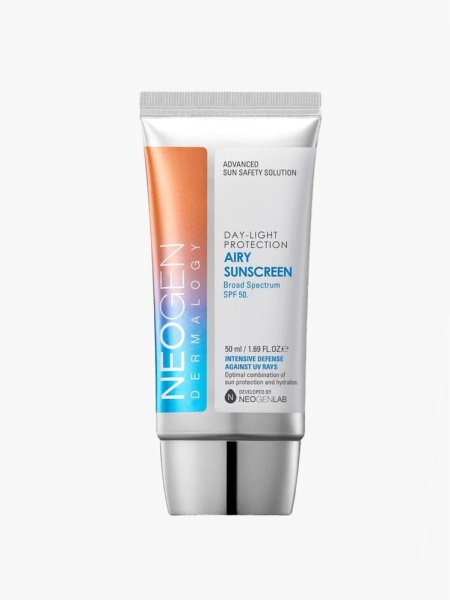
Neogen
Daily UV Defense Broad Spectrum SPF 36
$32
SOKO GLAM
$32
AMAZON
Why We Love It: Offering the best of both worlds, this weightless, non-comedogenic cream reduces and balances excess sebum with a porous powder, which absorbs skin's natural oils throughout the day. While it leaves skin matte and fresh, it also deploys aloe vera and baobab to moisturize skin so it feels balanced, rather than dry.
- SPF Level: 50
- Texture: Lightweight cream
- Chemical or Physical: (Octocrylene, homosalate, avobenzone)
Best Chemical: Round Lab Birch Juice Moisturizing Sunscreen
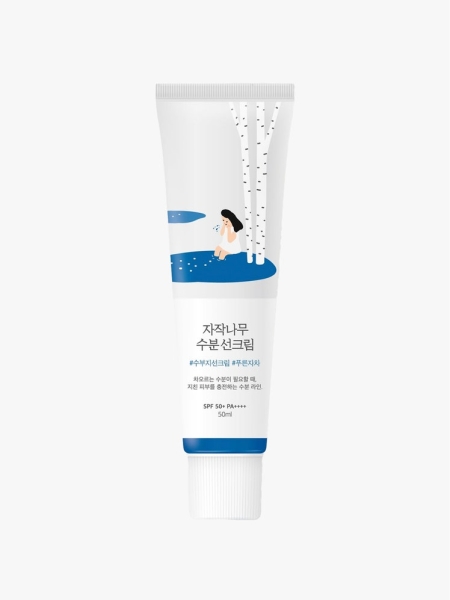
Round Lab
Birch Juice Moisturizing Sunscreen
$28 $20
STYLEVANA
Why We Love It: Dr. Chang recommends this moisturizing sunscreen since “it’s formulated with hyaluronic acid to boost hydration, as well as niacinamide to brighten the skin and reduce inflammation,” she says. It’s also brimming with botanicals like allantoin and the eponymous birch tree sap, which is rich in Natural Moisturizing Factor—a blend of compounds, including amino acids and lactic acid, that are naturally produced by the skin to support the skin barrier.
- SPF Level: 50
- Texture: Lightweight lotion
- Chemical or Physical: Chemical (Ethylhexyl triazone, diethylamino hydroxybenzoyl hexyl benzoate, diethylhexyl butamido triazone, methylene bis-benzotriazolyl tetramethylbutylphenol)
Best Hybrid: Thank You Farmer Sun Project Water Sun Cream
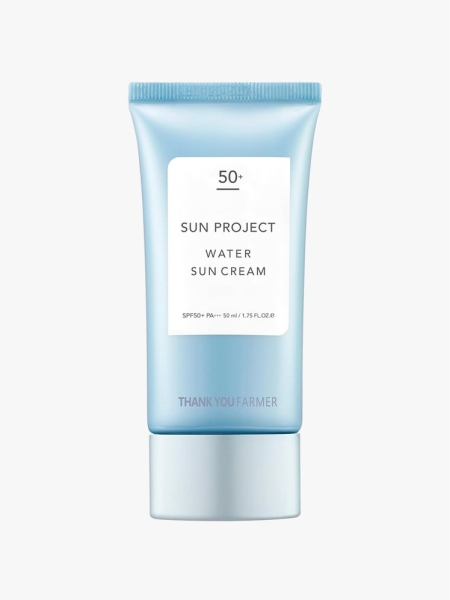
Thank You Farmer
Sun Project Water Sun Cream
$21
AMAZON
Why We Love It: A formula with both mineral and chemical filters delivers a happy medium, avoiding both the white cast caused by the former as well as the potential irritation caused by the latter. That’s indeed the case with this weightless lotion, which appears transparent on skin and lends a dewy gleam. Worth noting: It does have a light scent, but that dissipates quickly.
- SPF Level: 50
- Texture: Lightweight lotion
- Chemical or Physical: Chemical (Ethylhexyl methoxycinnamate 6.80%, homosalate 6.00%, ethylhexyl salicylate 4.50%, octocrylene 2.50%, titanium dioxide 1.40%)
Best Antioxidant: CosRX Vitamin E Vitalizing Sunscreen SPF 50+

CosRx
Daily SPF 50 Vitamin E Sunscreen
$23
AMAZON
$23
SOKO GLAM
Why We Love It: CosRX is behind some of our go-to pimple patches, so it’s little surprise that the brand created a similarly innovative sunscreen formula. Its chemical filters work alongside vitamin E, a potent (yet supremely gentle) antioxidant that counters damage caused by free radicals, the unstable molecules unleashed by UV exposure. In order to balance skin, it also uses cotton extract and silica to control oil production, thus keeping pores—and skin—clear.
- SPF Level: 50
- Texture: Velvety cream
- Chemical or Physical: Chemical (Homosalate, octocrylene, octisalate, avobenzone)
Best Cream: Innisfree Daily UV Defense Broad Spectrum SPF 36
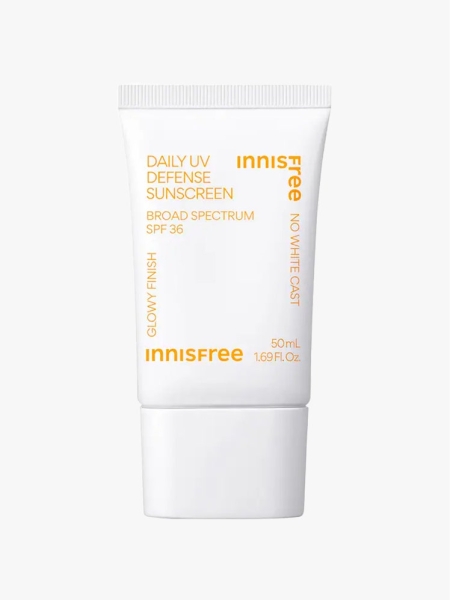
Innisfree
Daily UV Defense Broad Spectrum SPF 36
$18
AMAZON
$18
SEPHORA
Why We Love It: As much a moisturizer as it is a sunscreen, this formula pairs chemical filters with an array of nutrient-dense extracts. Green tea offers antioxidants, centella asiatic quells redness, and sunflower seed oil deeply nourishes skin. This blend leaves skin dewy and hydrated, creating the ideal conditions for the “glass skin” look sought after by K-beauty enthusiasts.
- SPF Level: 36
- Texture: Milky lotion
- Chemical or Physical: Chemical (Avobenzone 2.5%, Homosalate 7.0%, Octisalate 4.3%)
Best Stick: AHC Natural Perfection Double Shield Sun Stick
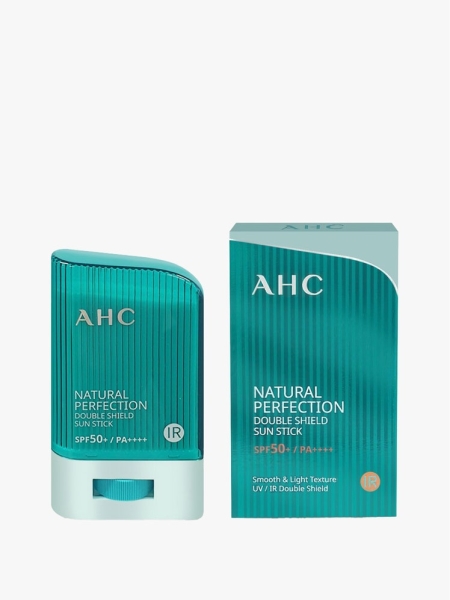
AHC
Natural Perfection Double Shield Sun Stick
$13
AMAZON
Why We Love It: For quick touch-ups, outdoor sports, and sheer convenience, few can match this sunscreen stick, which delivers at least SPF 50 in a small, portable twist-up tube. While the stick appears white, it goes on without an ashy tint. It’s also water-resistant, and features a patented complex that defends skin against both UV rays as well as near-infrared radiation from the sun.
- SPF Level: 50
- Texture: Solid gel
- Chemical or Physical: Chemical (Homosalate 9.0%, octinoxate 6.50%, octisalate 4.20%)
Best Serum: Skin1004 Hyalu-CICA Water-fit Sun Serum
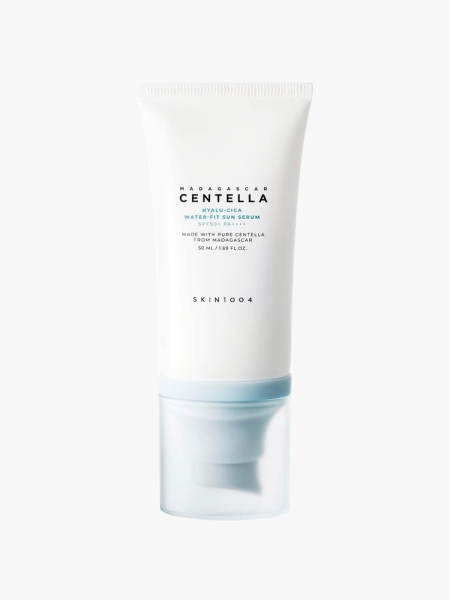
Skin1004
Hyalu-CICA Water-fit Sun Serum
$14 $8
YESSTYLE
Why We Love It: More of a serum than a lotion or cream, this transparent formula absorbs almost instantly skin without residue or stickiness, where it delivers immediate hydration and soothes skin on the spot. (Despite its liquid-y texture, however, it should still be applied after moisturizing.) It also contains seven varieties of sprout extract, which can help renew and repair skin.
- SPF Level: 50
- Texture: Watery serum
- Chemical or Physical: Chemical (Diethylamino hydroxybenzoyl hexyl benzoate, ethylhexyl triazone, methylene bis-benzotriazolyl tetramethylbutylphenol)
Best Fragrance-Free: [Isntree] Hyaluronic Acid Watery Sun Gel
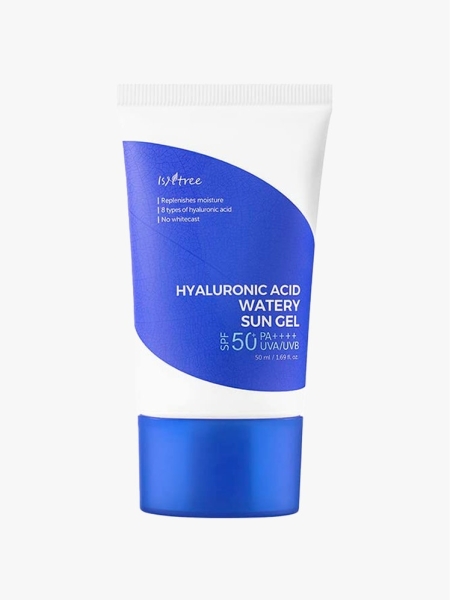
Isntree
Hyaluronic Acid Watery Sun Gel
$15 $14
AMAZON
Why We Love It: Created entirely without fragrance, this chemical sunscreen delivers lasting moisture with not one, not two, but eight molecular sizes of hyaluronic acid—along with calming mainstays like centella asiatica and ceramides to bolster the skin barrier. This lineup makes it especially suited for sensitive skin; moreover, its satin finish layers nicely beneath makeup.
- SPF Level: 50
- Texture: Watery cream
- Chemical or Physical: Chemical
Best Primer: Dr. Jart+ Cicapair Tiger Grass Color Correcting Treatment SPF 30
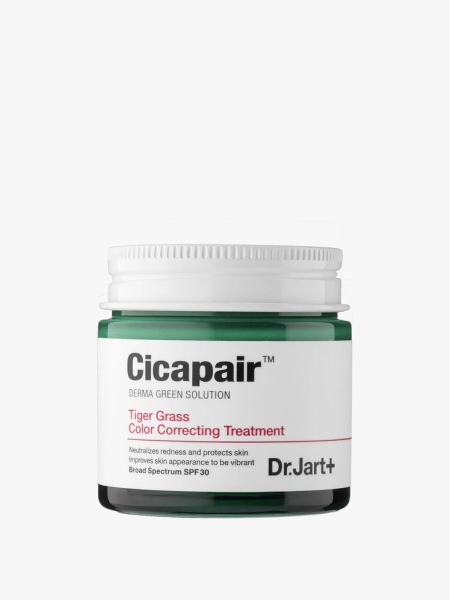
Dr. Jart+
Cicapair Tiger Grass Color Correcting Treatment SPF 30
$54
SEPHORA
$35
AMAZON
Why We Love It: Dr. Chang points to this option for its high content of centella asiatic, or cica, which can “help reduce redness and is great for those with rosacea or a lot of skin inflammation,” she says. Although it appears green in the jar, the shade quickly transforms when applied to skin, neutralizing red tones and blending into a universal, easily blendable beige hue—allowing you to ultimately use less foundation and concealer to even out your complexion.
- SPF Level: 30
- Texture: Thick cream
- Chemical or Physical: Mineral (Titanium dioxide, zinc oxide)
What’s unique about Korean sunscreen?
Korean sunscreens tend to outperform American versions on several fronts. To begin with, “I’ve found that Korean sunscreens often have easier application with lighter textures and minimal white cast,” says Dr. Chang. Plus, she says, they’re often formulated with additional skin-care ingredients that offer benefits like hydration, brightening, or calming properties.
This is partly because Korean sunscreen formulas have more chemical filters on hand than what’s available in the U.S., according to David Kim, MD, a board-certified dermatologist and founder of skin care brand Lightsaver. “They have more to choose from, so they can make different cocktails of chemical UV filters,” he says. “These chemical UV filters can feel more lightweight and less sticky on the skin.”
Not only that, but Korean sunscreens use the PA rating system, which measures protection from UVA rays. “The PA system ranges from PA+ to PA+++, with PA+++ being the highest level of UVA protection,” says Dr. Chang. The U.S. doesn’t have a standardized system like this for UVA protection, but instead buckets it under the term “broad-spectrum” to indicate coverage against UVA and UVB rays; the exact level of defense this offers is unclear.
What to look for in a Korean sunscreen
SPF Level
Sunscreen protection factor, or SPF, is the same in Korea as it is stateside. However, “in the US, SPF can range from 15 to 100—and specific protection factors are typically labeled,” says Dr. Chang. Meanwhile, in Korea, these ratings often go beyond SPF 50, although brands don’t always share the exact number; rather, their SPF is marked as 50+. (Keep in mind that the American Academy of Dermatology recommends a minimum of SPF 30, so this shouldn’t be cause for alarm.)
Chemical versus mineral filters
Chemical filters sink into skin, where they convert UV energy into heat, which eventually dissipates from skin. “The majority of Korean sunscreens are chemical sunscreens, and they're safe and effective,” says Dr. Kim. They lend themselves to Korean sunscreens’ famously weightless texture and invisible, residue-free finish.
Meanwhile, physical, or mineral, filters remain on the surface on the skin, where they “have the ability to reflect and physically block the UV rays,” says Dr. Kim. He prefers these for hyperpigmentation and for his patients who are pregnant, breastfeeding, or undergoing fertility treatments, as they’re not absorbed by skin.
Texture
There’s slightly less variation in texture among Korean sunscreens, in part because they all manage to feel weightless and airy on skin. However, they do have some differences, and it’s worth taking your skin type into account. “Some textures are more hydrating, so they’re more suited for people with dry skin,” says Dr. Kim. For those with oily or acne-prone skin, consider more lightweight gel or serum-like options, which can sink in quickly.

